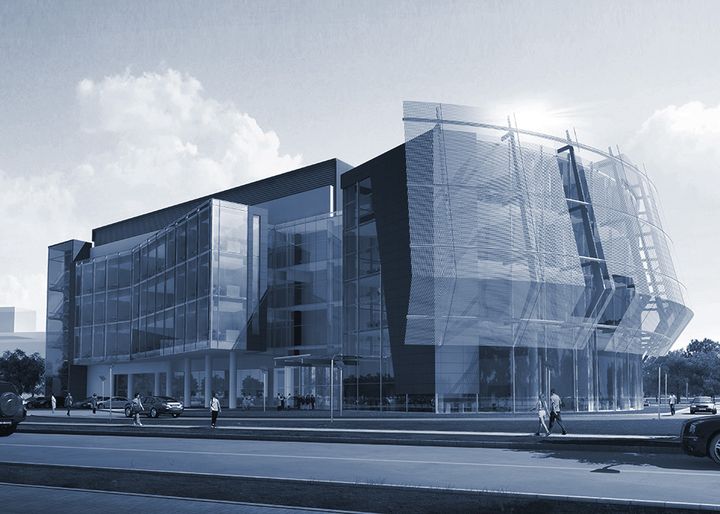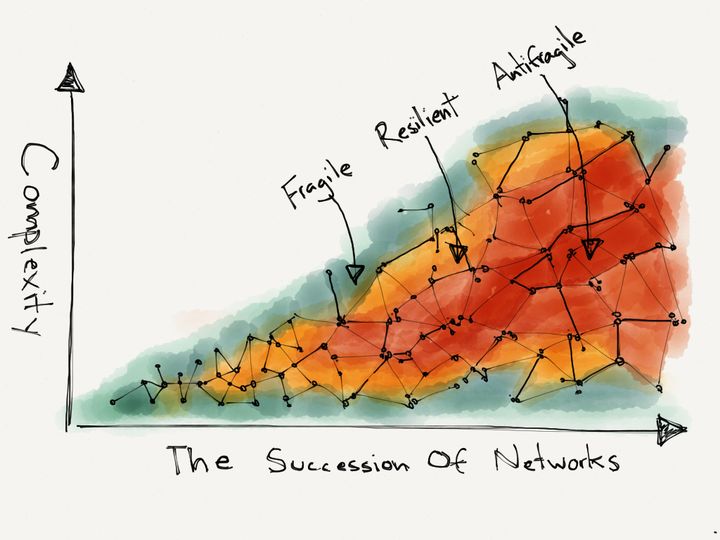
The University of Florida research and academic center of Lake Nona, a wide-open suburban space near Orlando, Florida, is part of a much larger medical complex known as Medical City (or "Synergy City," as it was once rather aptly described.) The 100,000-square-foot facility was carefully designed with the intent to foster greater medical collaboration and innovation.
"Every major city has something like this, hospitals next to medical schools and research facilities. But what makes this biosciences cluster unique is the overall vision," said Gerald Kominsky, professor at UCLA School of Public Health and director of UCLA Center for Health Policy Research.
"Here at UCLA, the medical complex has evolved over 50 years," Kominsky said, pointing out one of the biggest advantages the Medical City example holds: being built from scratch, without the challenge of navigating urban zoning, density, and infrastructure.
In addition to the centerpiece of the University research center, seven different medical organizations (including another local university) all share space, within which resources, expertise and the latest research can be easily shared. The facility accommodates researchers, clinicians, teachers, and students so that they might develop more effective therapies in collaboration fostered by proximity, as opposed to more formal, (often delayed) exchange of information.
Medical City is as much a housing development as it is a research facility. There are at least nine residential communities and one golf course -- a result of the 30,000 jobs it is projected to create by 2017, and the estimated $7.6B economic impact on the area to follow. This clustering of bioscience companies and traditional medical research facilities, an increasingly common phenomenon across the country, may come out of shift toward a more open-source approach to problem-solving in the sector. While there is a historic, if not somewhat cynical, characterization of healthcare as being composed of competing private companies developing "trade secrets" for the purpose of securing patents and yielding high return, the future may look dramatically different.
As always, is is the hope that increasingly effective models for advanced medical research and education will yield results in more effective treatments and cures. Even with the most sophisticated technology and millions of research hours already logged, some of the most notorious diseases still go without highly effective treatments.
The Clinical Trials Innovation Prize, sponsored by the Bonnie J. Addario Lung Cancer Foundation, is determined to be part of the solution by increasing clinical trial participation. They want your ideas to help ensure clinical trials are as effective as possible in yielding the treatments we still so desperately need.








